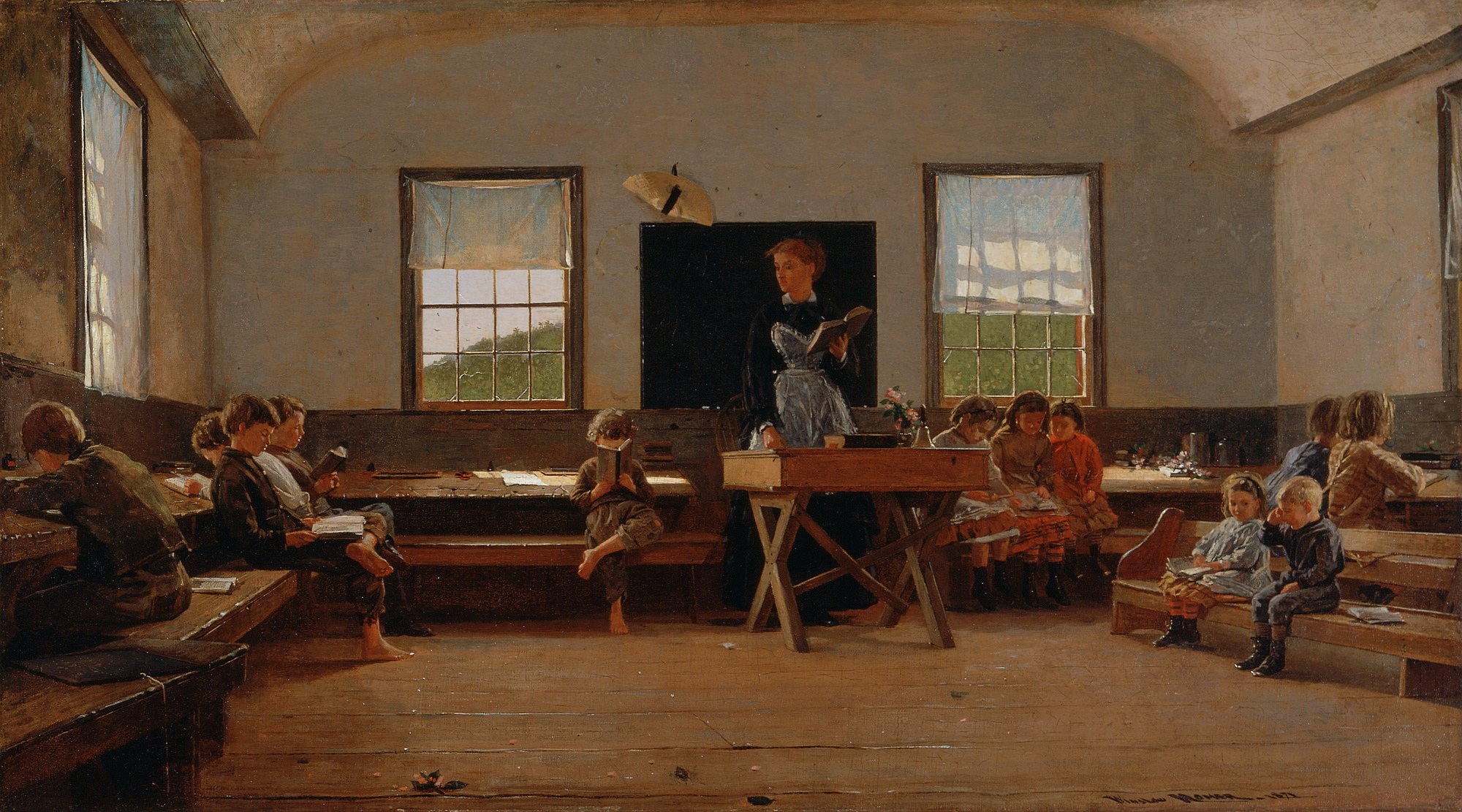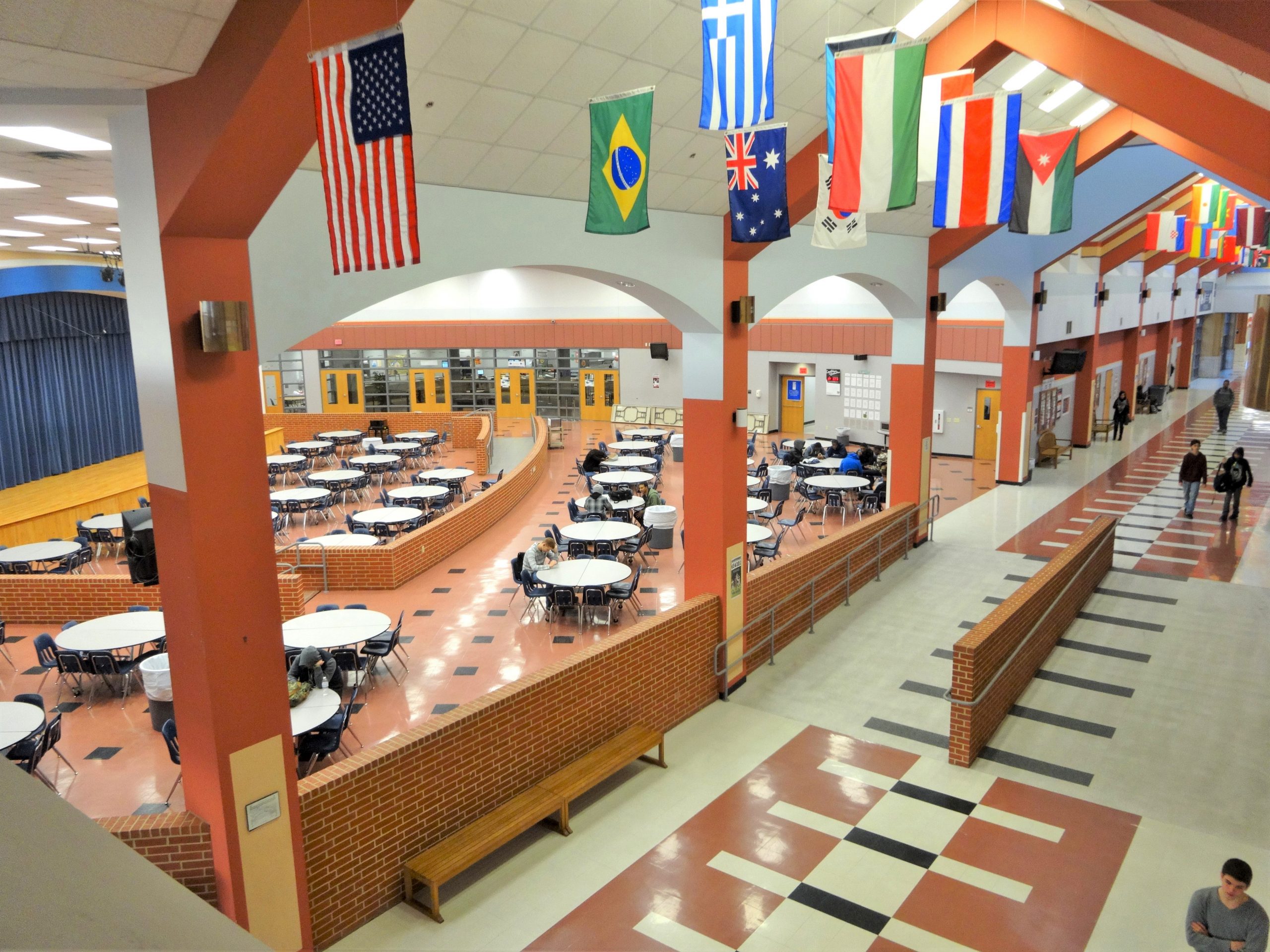Electric Vehicle Wires, Cables & Flexible Cords
- Home Page 475

Real-Time Prescription Benefit Standard
This content is accessible to paid subscribers. To view it please enter your password below or send mike@standardsmichigan.com a request for subscription details.
Archive / Power Piping
This content is accessible to paid subscribers. To view it please enter your password below or send mike@standardsmichigan.com a request for subscription details.
Archive / ASCE
This content is accessible to paid subscribers. To view it please enter your password below or send mike@standardsmichigan.com a request for subscription details.
Night on Campus
This content is accessible to paid subscribers. To view it please enter your password below or send mike@standardsmichigan.com a request for subscription details.
Open for Comment / Power
This content is accessible to paid subscribers. To view it please enter your password below or send mike@standardsmichigan.com a request for subscription details.
S. 3246 / SMART Act
A BILL
To amend the Communications Act of 1934 to direct the Federal Communications Commission to conduct a public auction of the C-band, and for other purposes.
https://www.govtrack.us/congress/bills/116/s3246
Cleaning Chemical Safety
The current consensus product for custodial chemical safety released by the Simon Institute is SI 0001 Safe Use of Cleaning Chemicals. From the project prospectus:
The purpose of the Safe Use of Cleaning Chemicals standard is to provide guidance in the handling, use, and disposal of janitorial cleaning chemicals, as well as to provide standards for training of cleaning chemical workers and their supervisors. Specific processes are provided to protect workers who might become exposed to unsafe situations involving cleaning chemicals. The scope of this standard includes all circumstances where cleaning workers may be exposed to cleaning chemical hazards used in routine cleaning activities in janitorial, custodial and housekeeping applications. The standard does not prescribe specific cleaning techniques or processes.
This is the only ANSI-accredited standard for safe use of these chemicals and, like all ANSI-accredited standards, it may be incorporated by reference in to occupational safety laws at any level of government. You may obtain an electronic copy of SI 0001 from Kristie McNealy at the Simon Institute (307-282-0795), (kristie@simoninstitute.org)
Issue: [13-77]
Category: Occupational Health & Safety, Facility Asset Management
Colleagues: Richard Robben, John Lawter, Kristie McNealy, Ben Walker, Mike Farha
LEARN MORE:
Cleaning in the Age of Coronavirus
Centers for Disease Control: Q&A on coronaviruses (COVID-19)
New update alert! The 2022 update to the Trademark Assignment Dataset is now available online. Find 1.29 million trademark assignments, involving 2.28 million unique trademark properties issued by the USPTO between March 1952 and January 2023: https://t.co/njrDAbSpwB pic.twitter.com/GkAXrHoQ9T
— USPTO (@uspto) July 13, 2023
Standards Michigan Group, LLC
2723 South State Street | Suite 150
Ann Arbor, MI 48104 USA
888-746-3670
















Open for Comment / Mobility